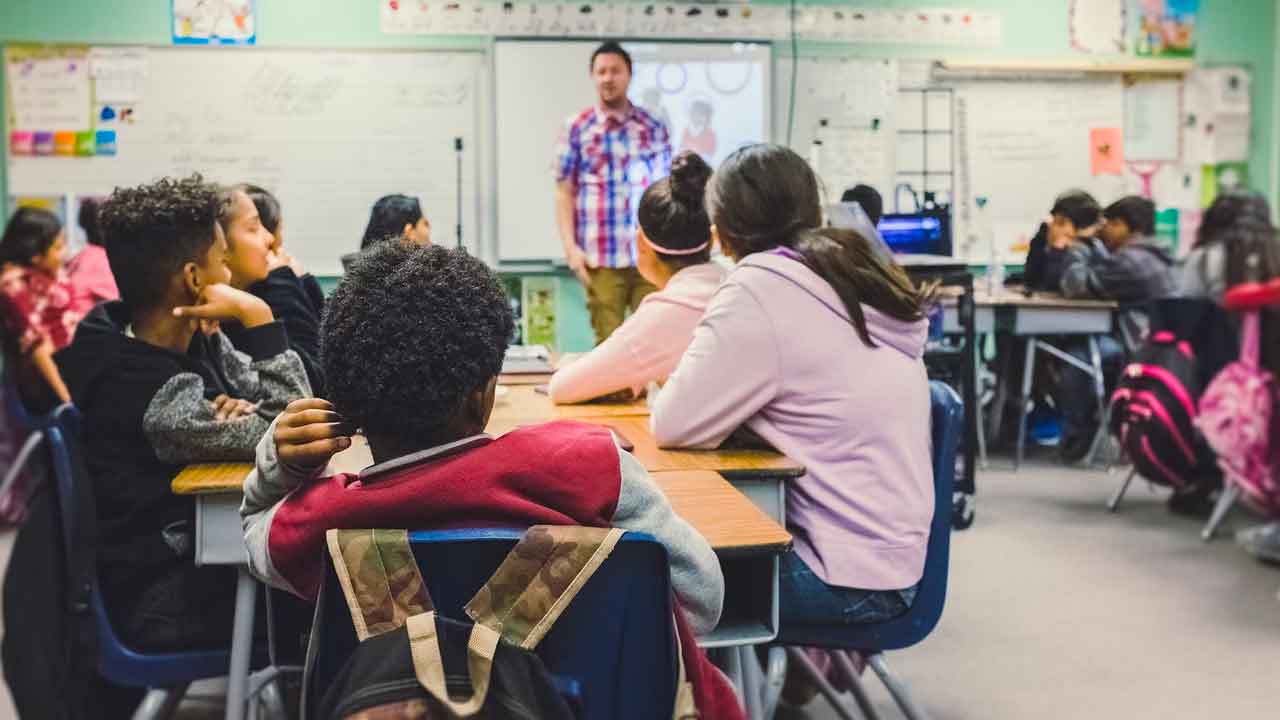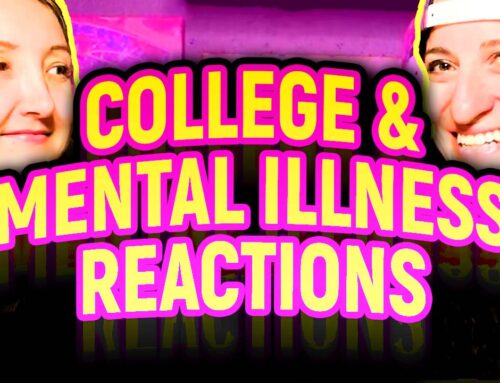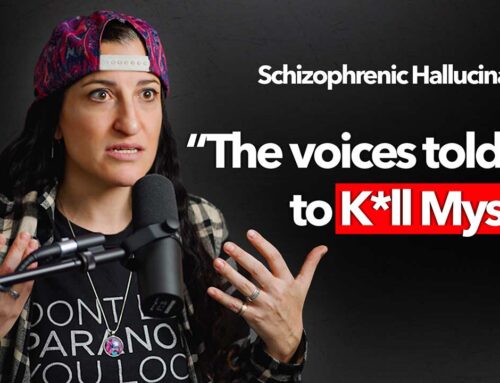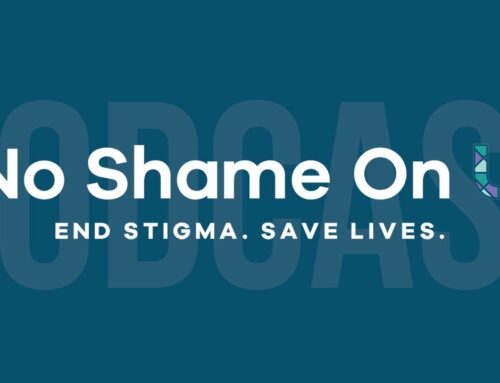The Impact of Peer Support Groups in Alleviating Anxiety Among Public School Students
In 95% of schools, there will come a moment in the year when an alarm goes off, and children are asked to behave as though were an armed intruder. They barricade their classrooms. They hide. In some cases, a person roams the halls. This “intruder,” may yell things, or even fire blanks into the air.
It’s all pretend, of course, except on the deeply tragic days when it is not. But in all situations, it has a wearing effect on the kids who sit through experiences.
Active shooter drills are one of many sources of anxiety that currently weigh on the minds of today’s school children.
In this article, we look at how peer support groups can help to alleviate stress and improve the learning environment in public schools.
What is Weighing on the Mind of School Children?
Children are uniquely impacted by the tribulations of the world around them. Adults of a certain age may vividly recall the helpless way they felt as they tucked their heads under their desks during cold war era bomb drills, wondering, surely, about what sort of bomb could tear through a roof but not make it past a few inches of the desk.
The plight of a child is that they feel the pressures of the world around them, but lack the ability to influence them in any meaningful way.
Be it the lingering effects of the pandemic, racial injustice, the threat of an armed intruder, or even climate change, children are constantly being subjected to sources of stress that they can’t control or have a say in.
Not only does this interfere with their educations, but it can also have a significant impact on their mental and emotional health, leading to poor grades and juvenile delinquency.
Schools need to find a way to support their students. Peer groups, in which kids work together to provide support and problem-solving can be an effective component of a multi-faceted strategy to alleviate anxiety among public school kids.
It’s Easier for Kids to Open Up to One Another
Children often have an easier time opening up with one another than they do with adults. There are many ways to explain this, but the simplest of them is simply that kids have most of their meaningful social interactions with people their own age.
It seems backward to send them into the world saying, “For trust, and friendship, and fun, look to your classmates. For everything else, talk to the lady who grades your math homework.”
Teachers are heroes, of course, but there is an element of social disconnect between them and their students that can create significant gaps in communication. Peer groups can help navigate that discomfort, making it easier for children to have uncomfortable conversations.
It Helps Kids Work on Their Social Skills
Peer groups can also help children hone an important social skill that often isn’t successfully highlighted by the public school system. Problem-solving. Situations come up in classrooms all the time, but it is almost unfailing the teacher who resolves the issue.
Children may see problem-solving skills modeled. They might even be invited to participate by some of their teachers. However, they are rarely allowed to take charge in quite the same way that peer groups allow.
Expanding Their Networks
As children collaborate in peer groups, they also expand their social network. The average public school classroom— try not to gasp, now— has between 20-30 kids (depending on the state). That’s a staggering number of people.
Because of the size, many kids may not know a significant number of their classmates very well at all. Peer groups give them a chance to collaborate with people they may not speak with often, in a very unique context. The issues discussed are at once deliberate and personal, allowing the children to get to know one another better while also developing adult conflict resolution skills.
Freeing Up Resources
Those 20-30 kids that occupy most public school classrooms are— and don’t take offense, parents— very needy. They consume more time than their teachers and paraprofessionals often have to give them. The education system is ravaged by turnover. Almost half of all teachers leave the profession entirely within the first five years on the job.
We could go over the reasons, but who has the three thousand or so words that would be needed to do it justice? The point is that schools are short-staffed, and they suffer gravely for it.
Peer support groups can be a small way to take a little bit of the burden off of teachers and their support staff. It may sound small, but even a few fifteen-minute sessions a week could give teachers the breathing room they need to get work done while the kids do the same.
Peer Groups Aren’t Enough
Offering one another emotional support is a good start, but it doesn’t do nearly enough to solve the problems that most schools are facing. If you are a concerned parent, keep in mind that, while legislative action can help to influence the public school system, a significant amount of work is done at the micro, local level.
Fortunately, most schools provide parents with many ways to get involved. Attend PTO. Voice your concerns at school board meetings. If you have the bandwidth, you can even consider running or going out of your way to support a board candidate whose platform aligns with your concerns.
It can be tiring, sure, and even distasteful. School systems are as political as any other form of local government. But it’s through that political aspect that you are given a voice. Use it. Advocate for your children, and never stop looking for ways to improve the school system.





